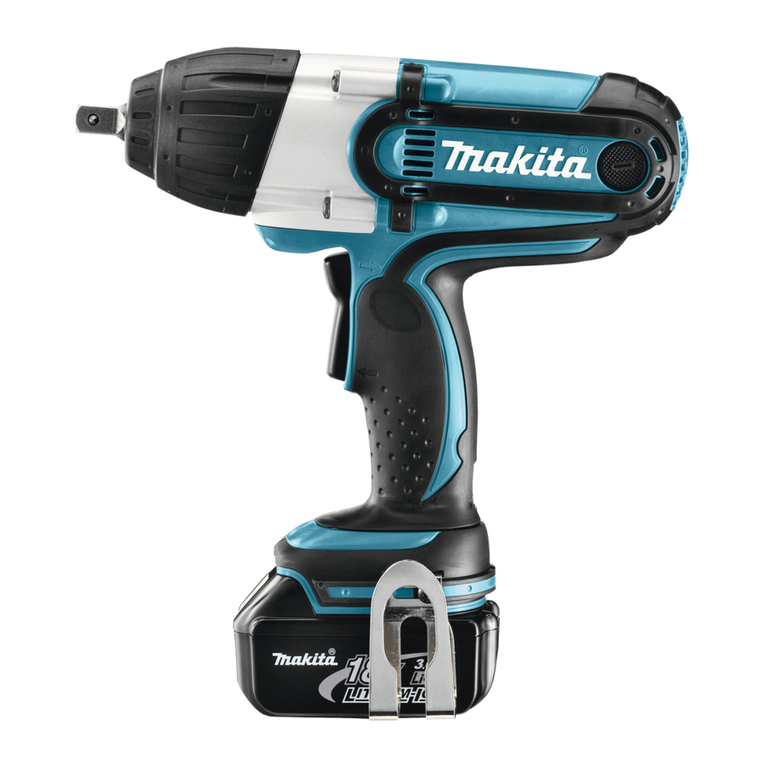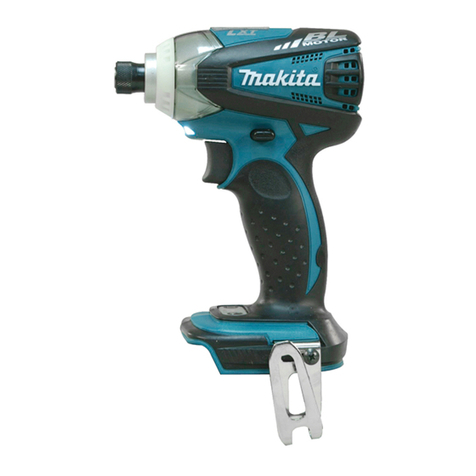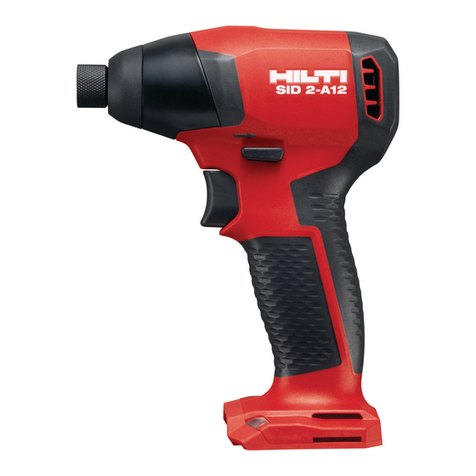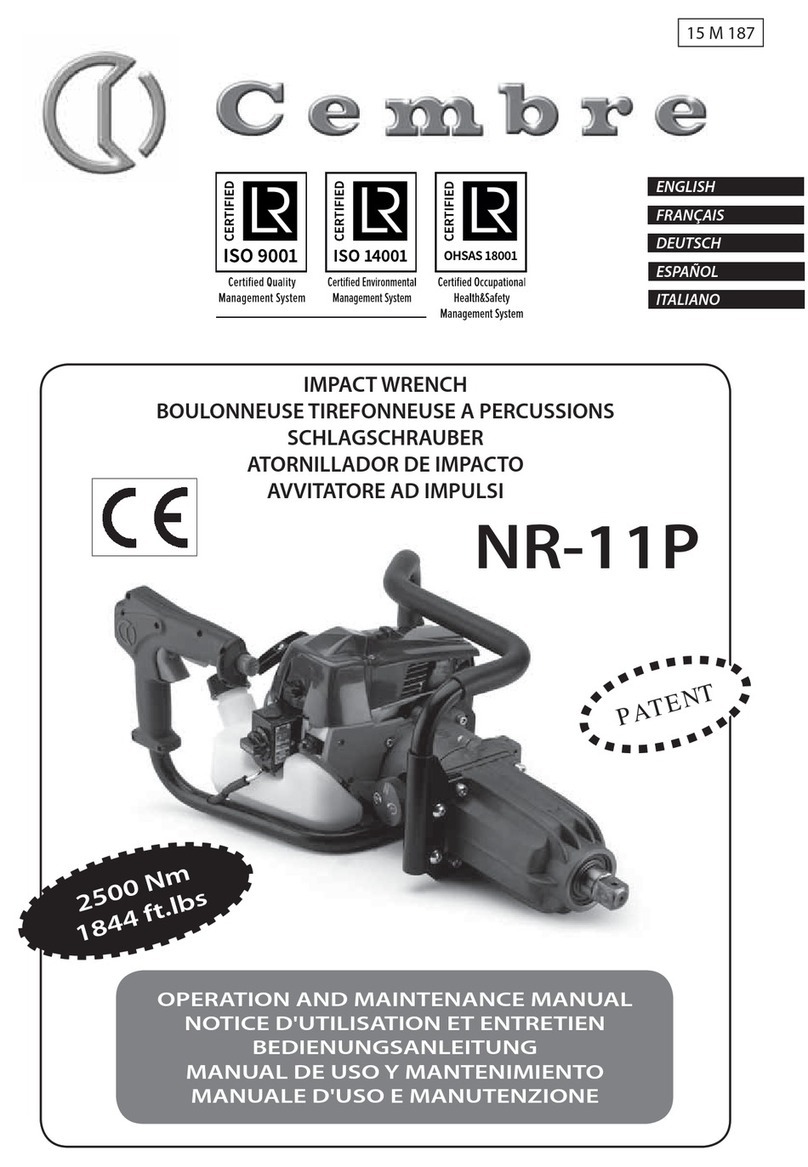Milwaukee M18 FHIW2F12 User manual
Other Milwaukee Impact Driver manuals
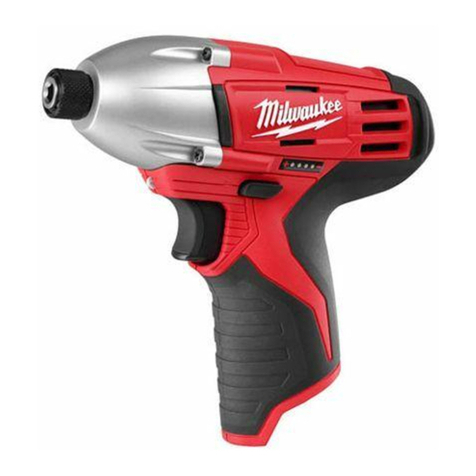
Milwaukee
Milwaukee 2450-20 User manual
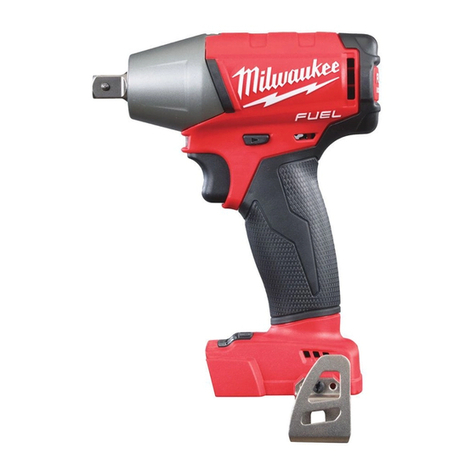
Milwaukee
Milwaukee M18 FIWP12 User manual

Milwaukee
Milwaukee IPWE 400 RQ User manual

Milwaukee
Milwaukee M18 User manual
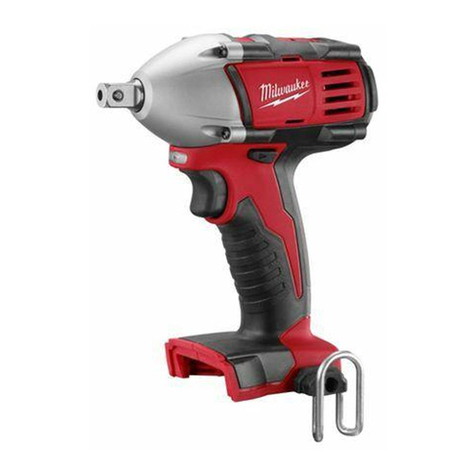
Milwaukee
Milwaukee 2650-20 User manual

Milwaukee
Milwaukee M12 2461-20 User manual
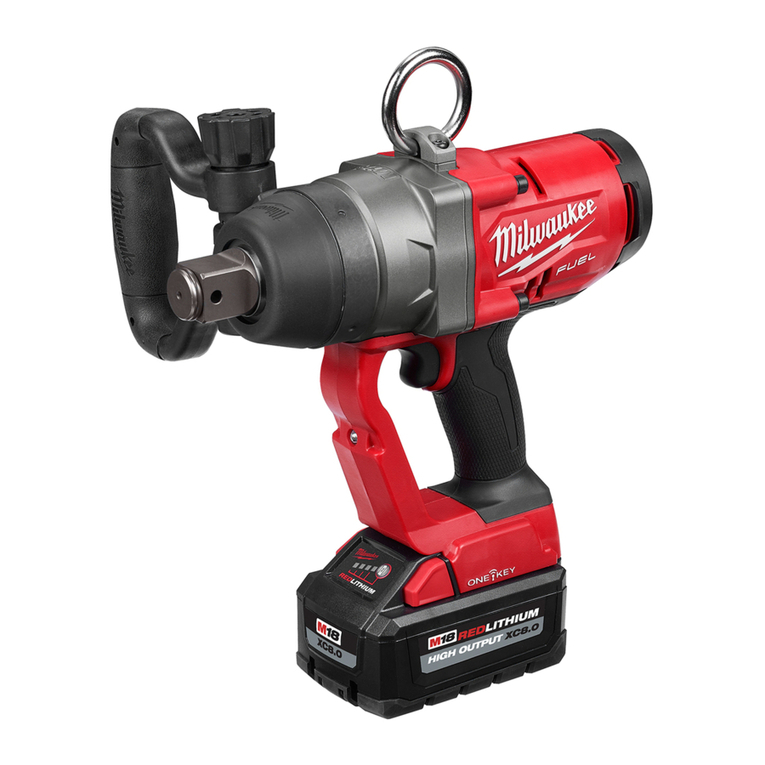
Milwaukee
Milwaukee 2867-20 Owner's manual

Milwaukee
Milwaukee M18 ONEIWP12 User manual

Milwaukee
Milwaukee M12 FUEL FIWF12 User manual
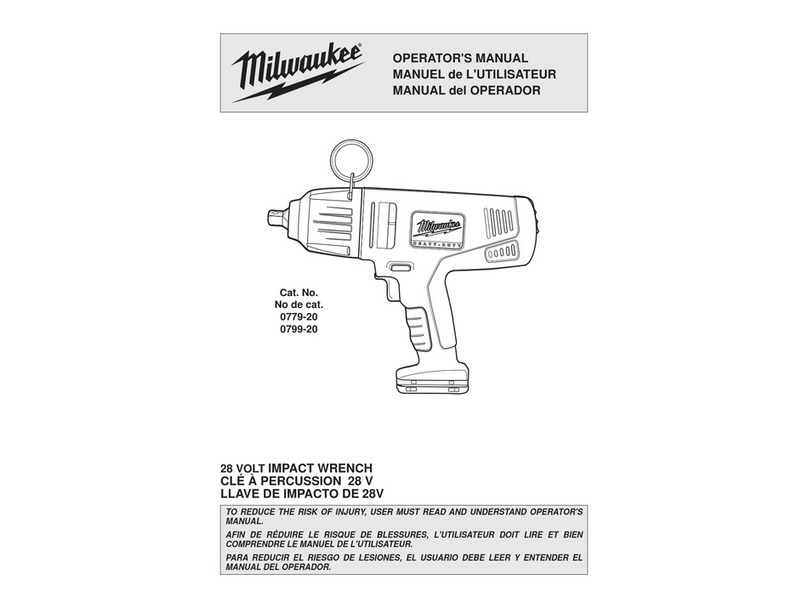
Milwaukee
Milwaukee 0779-20 User manual

Milwaukee
Milwaukee Fuel M18CHIWF12 User manual
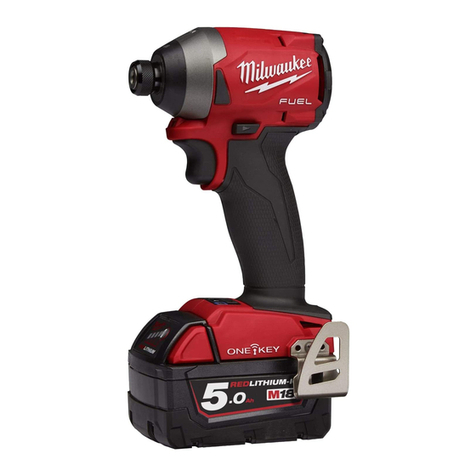
Milwaukee
Milwaukee M18 ONEID2 User manual

Milwaukee
Milwaukee M18 CBLID User manual

Milwaukee
Milwaukee M18 FUEL 2960-20 User manual
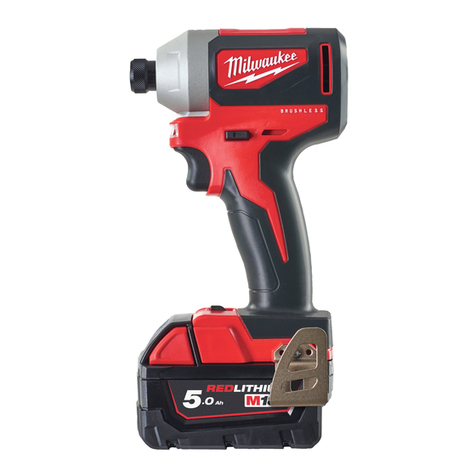
Milwaukee
Milwaukee M18 BLID2 User manual

Milwaukee
Milwaukee 9058-1 Guide
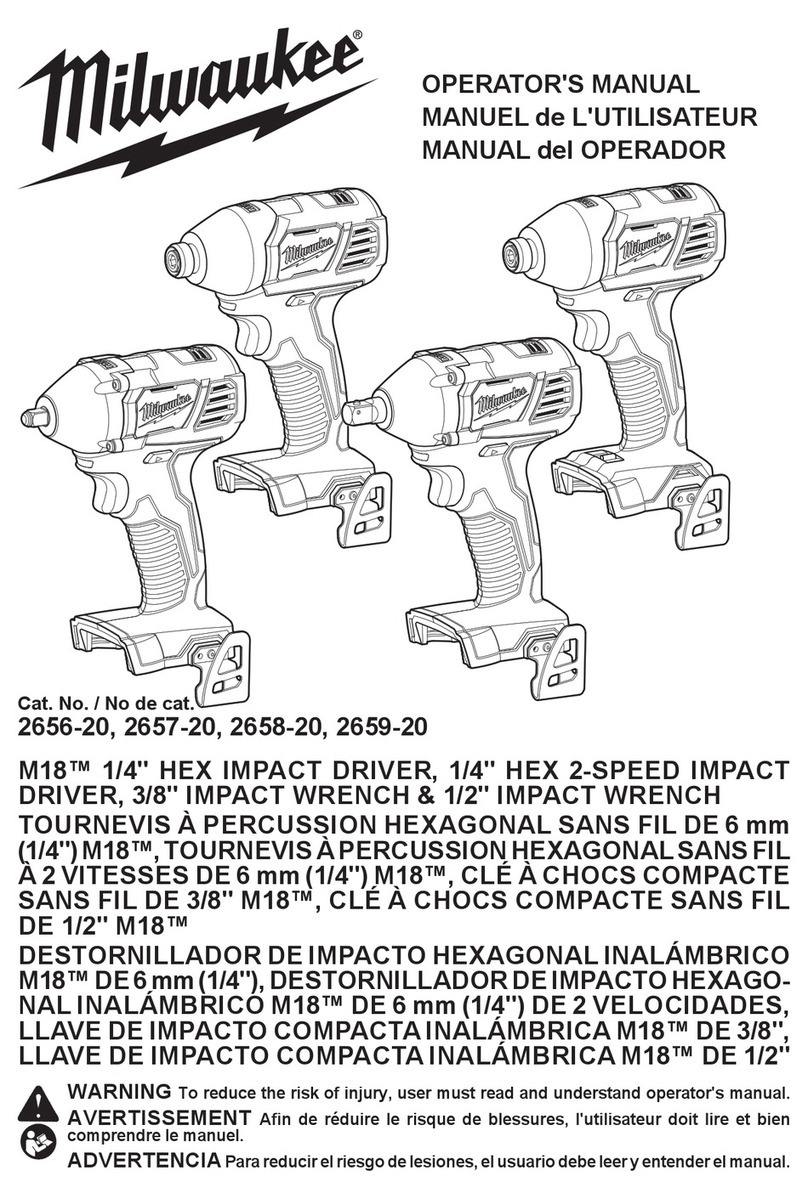
Milwaukee
Milwaukee M18 2657-20 User manual

Milwaukee
Milwaukee 2656-20 User manual

Milwaukee
Milwaukee M12 FQID User manual

Milwaukee
Milwaukee M18 FUEL 2957-20 User manual







